A significant proportion of women report perimenopause-related symptoms as early as in their 30s, our science team found in a research study. But the peak for visiting a doctor about these symptoms doesn’t happen until women reach 56 and beyond.
-
Tracking cycle
-
Getting pregnant
-
Pregnancy
-
Help Center
-
Flo for Partners
-
Anonymous Mode
-
Flo app reviews
-
Flo Premium New
-
Secret Chats New
-
Symptom Checker New
-
Your cycle
-
Health 360°
-
Getting pregnant
-
Pregnancy
-
Being a mom
-
LGBTQ+
-
Quizzes
-
Ovulation calculator
-
hCG calculator
-
Pregnancy test calculator
-
Menstrual cycle calculator
-
Period calculator
-
Implantation calculator
-
Pregnancy weeks to months calculator
-
Pregnancy due date calculator
-
IVF and FET due date calculator
-
Due date calculator by ultrasound
-
Medical Affairs
-
Science & Research
-
Pass It On Project New
-
Privacy Portal
-
Press Center
-
Flo Accuracy
-
Careers
-
Contact Us
When do perimenopause symptoms start?
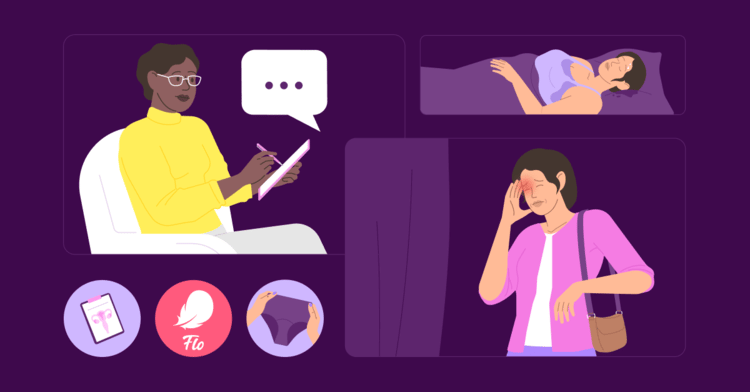

Perimenopause is the term for the years leading up to your final period and the twelve months beyond. After this, someone can say that they are postmenopausal.
The average age of menopause in the United States is 51, and perimenopause can last, on average, between five and 10 years. However, it’s important to note that these are averages. Most women go through menopause between the ages of 45 and 56.
During the perimenopause years, up to 8 out of 10 women experience symptoms that are linked to their fluctuating hormones, but few go to see a doctor. Also, many women say that they don’t feel prepared for what is happening.
Perimenopause is an area of women’s health that’s vastly under researched.
Writing in the journal npj Women’s Health, Flo’s science team reports on the symptoms that women in different age groups experience and how many of them visit a doctor to get help with their symptoms.
When do symptoms start?
For this study, we ran a survey with 4,432 women in the United States aged 30 and over.
To get a better understanding of when women start to experience symptoms that may indicate perimenopause, we used a validated clinical questionnaire called the Menopause Rating Scale (MRS).
The MRS includes 11 questions about symptoms that respondents can rate by severity. Researchers add up the individual responses to determine an overall MRS score. A higher number means a greater severity or “symptom burden,” as medical professionals call it.
Overall, we saw that as women got older, their symptom burden increased, with a peak in women aged 51 to 55. This group had the highest MRS scores as well as the highest proportion of women — just over three-quarters — whose scores indicated that their symptoms were moderate or severe.
However, high levels of symptoms were not restricted to this age group.
“We saw that 55.4% of women aged 30 to 35 and 64.3% of women aged 36 to 40 met MRS criteria for moderate or severe menopause symptoms — this was a big surprise,” commented Adam Cunningham, PhD, lead research scientist at Flo and study author.
When we looked at the types of symptoms, we saw different patterns by age:
- Psychological symptoms, like anxiety, depressive mood, and irritability, peaked in women aged 41 to 45 and were lowest in those 56 and over.
- Vaginal dryness, sexual problems, and bladder problems peaked equally in women aged 51 to 55 and those 56 and over and were lowest in women 30 to 35.
- Vasomotor symptoms like hot flashes and excess sweating, as well as sleep problems, heart problems, and muscle and joint problems peaked in women aged 51 to 55 and were lowest in women aged 30 to 35.
“These findings indicate that perimenopausal symptoms vary in different age groups. For example, mood symptoms are most prominent in early perimenopause (age 41 to 45), and vasomotor and other physical symptoms are more prominent in later perimenopause (age 51 to 55), which has not been demonstrated before,” said study coauthor Dr. Jennifer Payne, a professor of psychiatry and vice chair of research at the University of Virginia, US, and member of Flo’s scientific advisory board.
“Knowing this type of progression of perimenopause-associated symptoms can help both women and their doctors know what to expect as women enter the perimenopausal portion of their lives,” she continued.
Note that it’s not clear from our study what caused the symptoms that women were experiencing. It’s possible that some of the symptoms that we asked our survey participants about aren’t caused by perimenopause. For example, psychological symptoms may be due to an existing mental health condition.
Who goes to the doctor?
We also asked our study participants if they had consulted a medical professional about perimenopause or menopause.
About 1 in 5 of them said yes, and just over 7 out of 10 of these women heard from their doctor that they were in perimenopause. Within this group were women of all ages, including women under the age of 46.
“There is clearly a group of people who are worried about perimenopause at an age that we typically think is too young for perimenopause. Of all the people who went to the doctor about perimenopause, 30% were under 46,” Adam commented on our results.
Next, we asked our study participants if they had symptoms that can be common during perimenopause. We saw that women who reported the following symptoms were more likely to hear from their doctor that they were in perimenopause:
- No period for at least 12 months
- No period for 60 days in the last year
- Hot flashes
- Vaginal dryness
- Pain on initial penetration during sexual activity
- Recent cycle length irregularity
- Heart palpitations
- Frequent urination
“Our results warrant further research,” said Liudmila Zhaunova, PhD, director of science at Flo and senior study author.
“We had a significant number of women who are typically thought to be too young for perimenopause tell us that they have high levels of perimenopause-related symptoms. It’s important that we keep doing research to better understand what is happening with these women so that they can get the care they need,” Liudmila added.
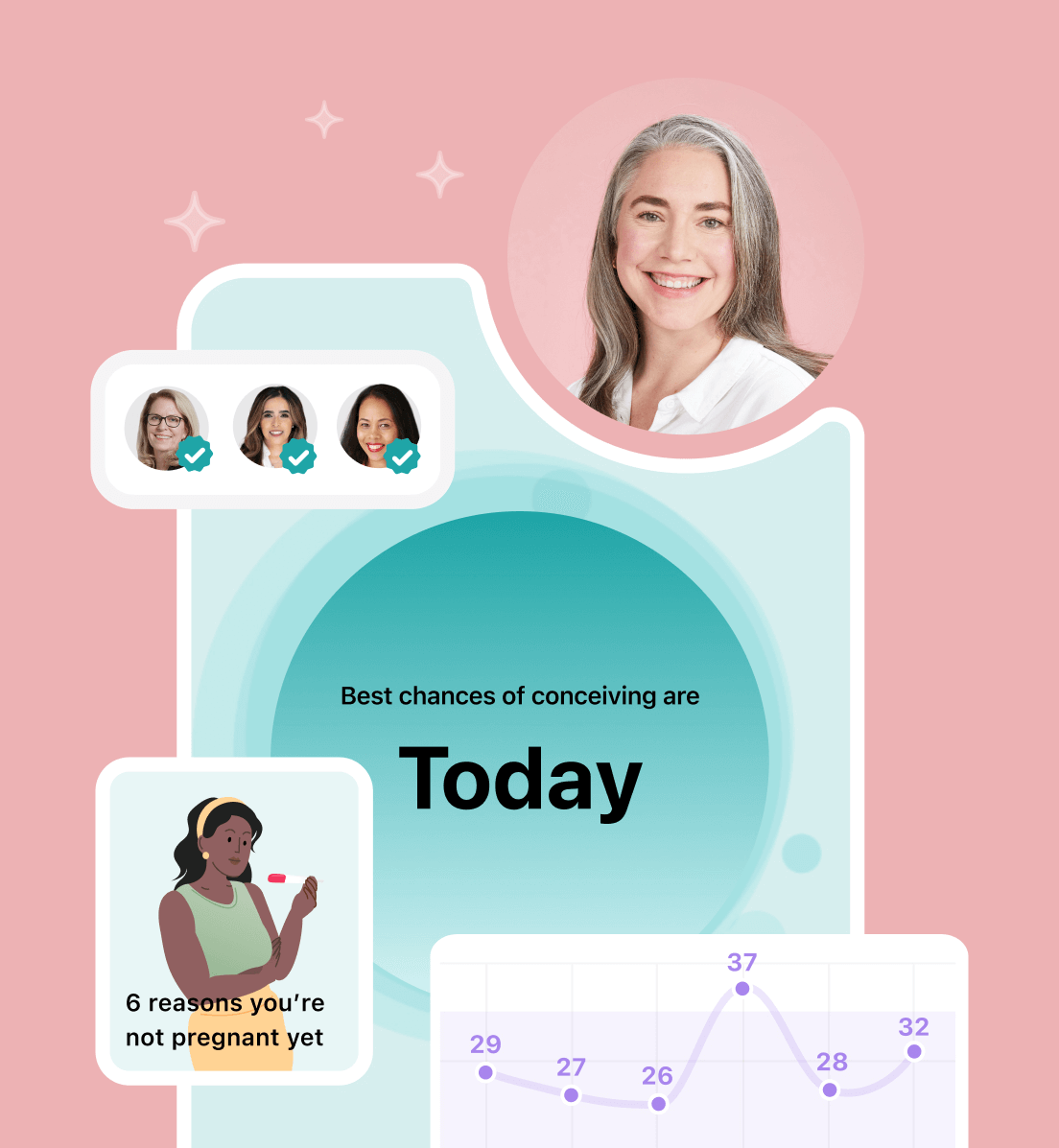
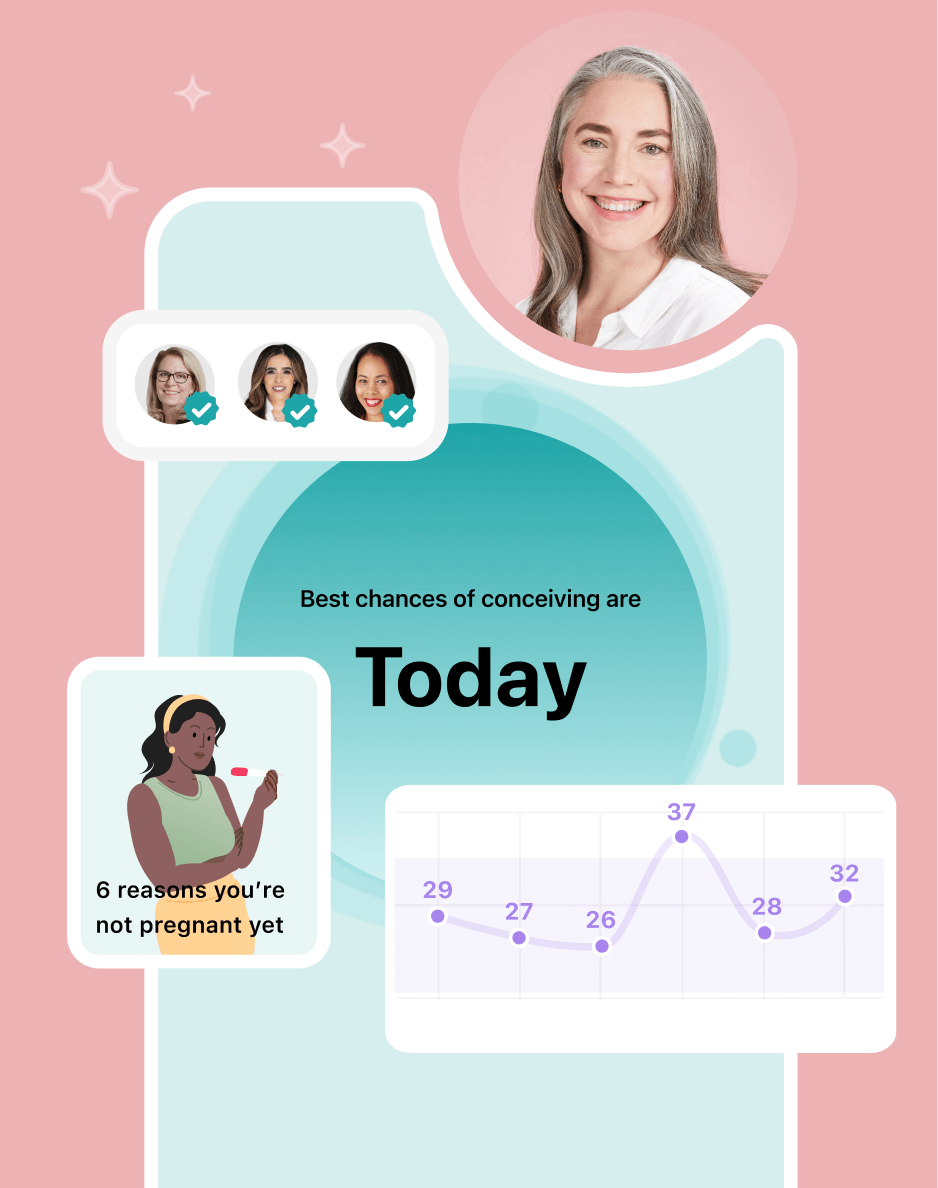
Hey, I'm Anique
I started using Flo app to track my period and ovulation because we wanted to have a baby.
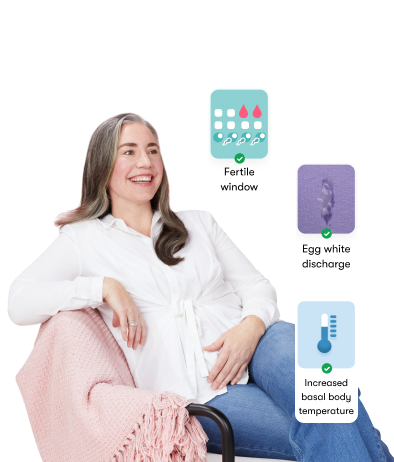
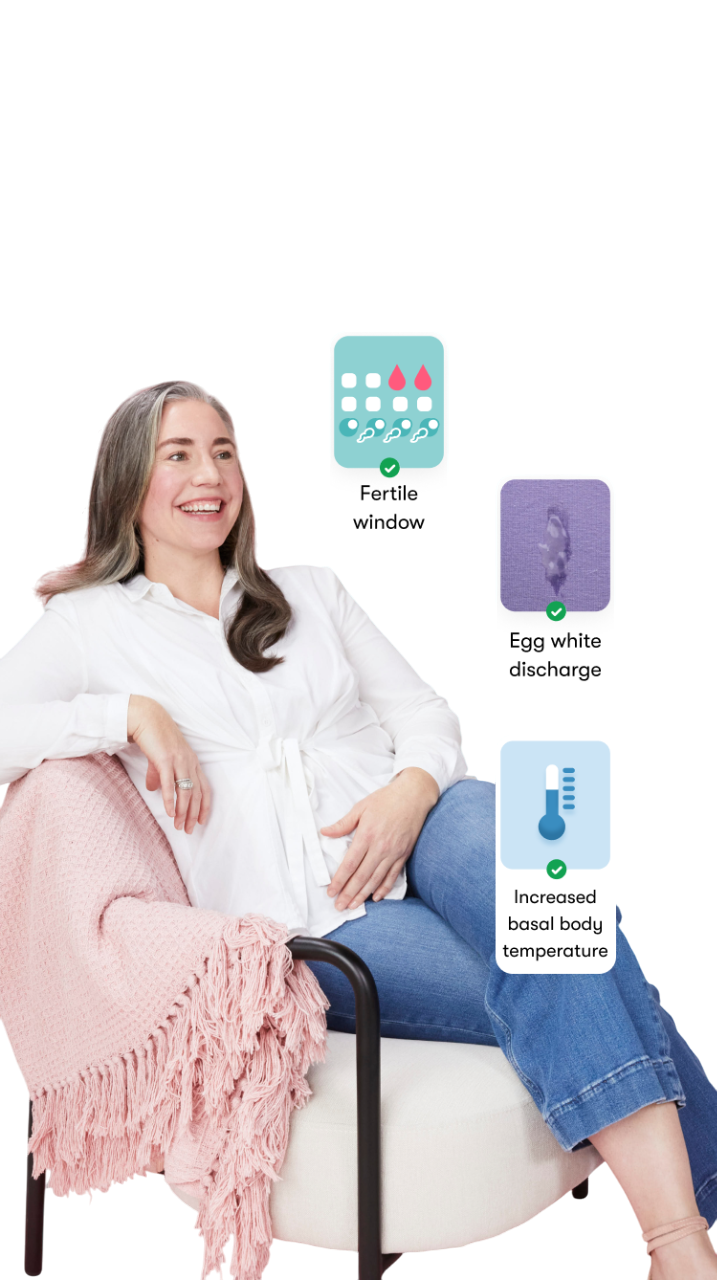
The Flo app helped me learn about my body and spot ovulation signs during our conception journey.
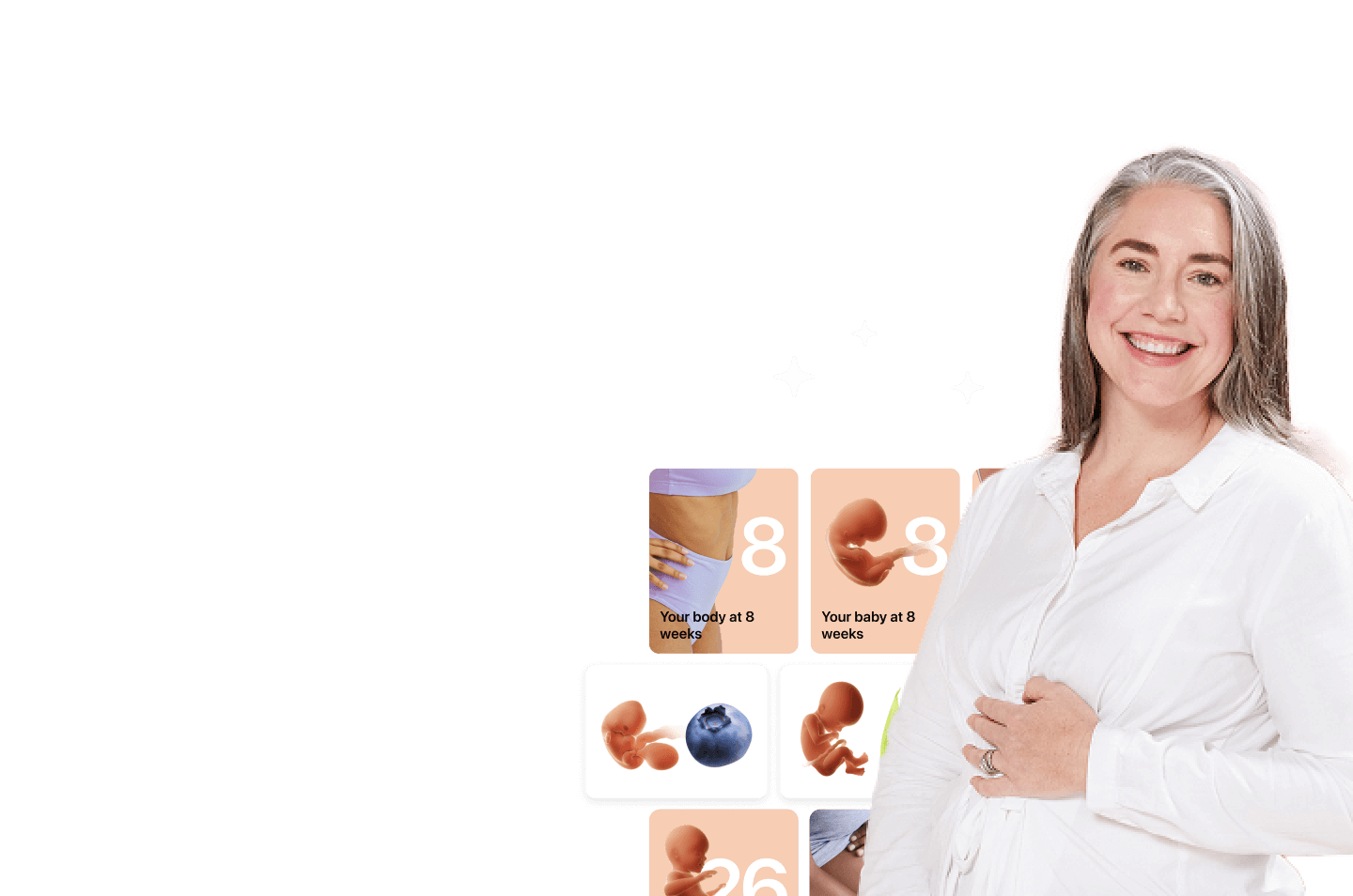
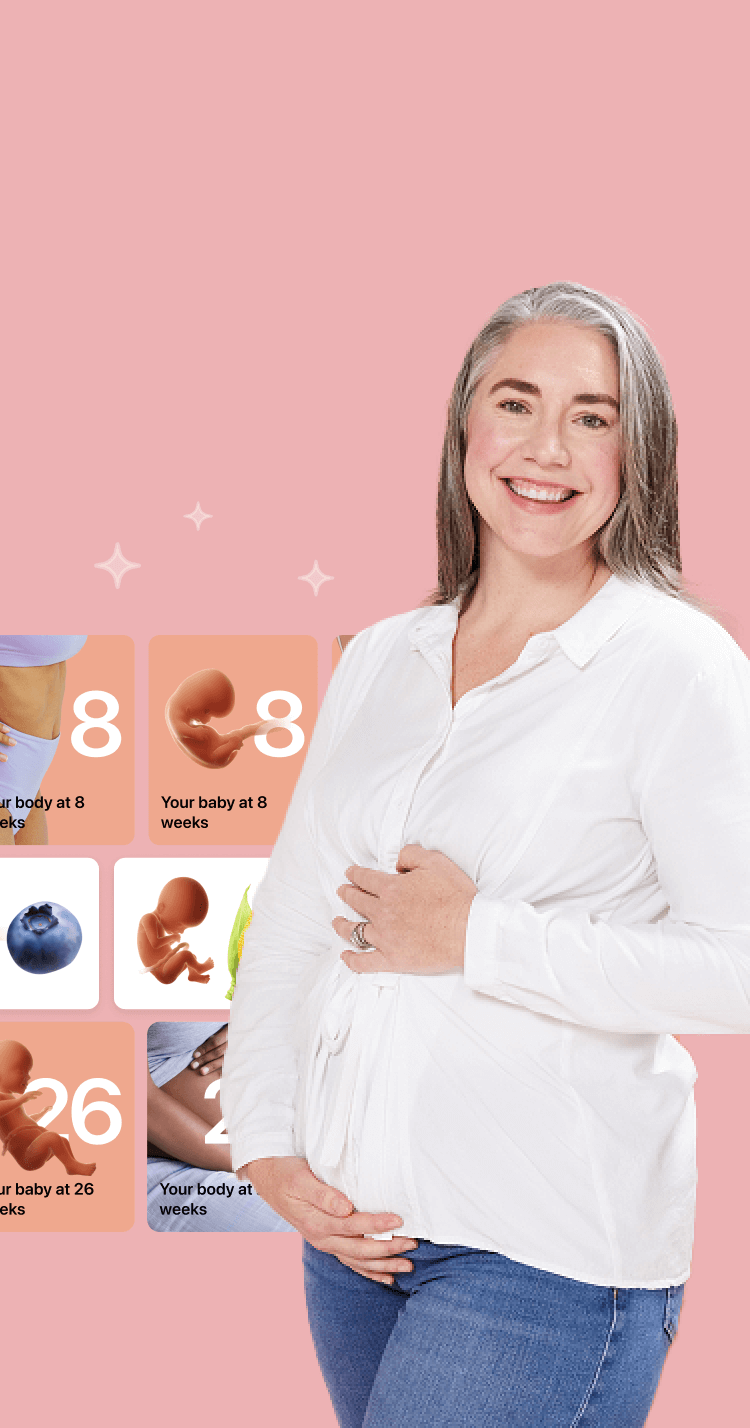
I vividly
remember the day
that we switched
Flo into
Pregnancy Mode — it was
such a special
moment.
Real stories, real results
Learn how the Flo app became an amazing cheerleader for us on our conception journey.

